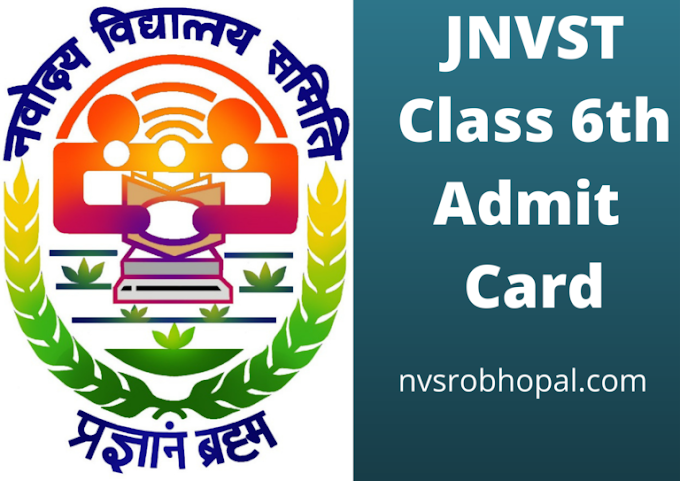READ TODAY'S ALL GUJRATI NEWS PAPERS
Newspapers or newspapers , Smacharo based on publications which primarily topical events, politics, sports, personality, ads, etc. The information is printed on cheap paper. Newspapers occupy an important place in the means of communication . Newspapers are usually daily but some newspapers are weekly, fortnightly, monthly and half yearly. Most of the newspapers are in local languages and focus on local topics.
History of Newspapers.
The earliest known newspaper was in 59 BC. 'The Roman Acta Diurna'. Julius Caesar sent them to the main places of the cities to make the public aware of important political and social events. In the 8th century, handwritten newspapers became prevalent in China
History and Contribution of the newspaper
Although the beginning of newspapers is considered by a former official of British rule, but its form was not like newspapers. It was only a one page informational leaflet. The full-fledged newspaper was brought out from Bengal under the name of 'Bengal-Gazette' by Viceroy Hickey. Initially, the British used newspapers to their advantage, since all the newspapers were coming out in English, so news and information could not reach the majority of the people. The news that used to come out and pass through the area, used to spread their terror there. There were no cases against them and no punishment was given to them. People were silent even in the face of these hellish conditions. During this time, newspapers like 'The Hindustan Times', 'National Herald', 'Pioneer', 'Mumbai-Mirror' used to come out in English in India, in which those atrocities were not mentioned far and wide. Apart from these English papers, Bangla, Letters continued to be published in Urdu etc., but its scope was limited. It could be understood only by a Bengali reader or a person who knew Urdu. In such a situation, for the first time on 30 May 1826, the first issue of Hindi's first paper 'Udant Martand' was published.
This letter was weekly. ' Udant MartandThe beginning of ' tried to unite people at the linguistic level. It was not just a letter, but the tongue of thousands of people who were still silent and fearful. With the introduction of letters in Hindi, a revolutionary change took place in the country and the war of independence. They were presented in a very distorted manner, so that the news of the atrocities of the British government would be suppressed. British soldiers used to enter any area and behave arbitrarily. Incidents like robbery, murder, rape were common. Whichever field got a new direction. Now the information about the incidents happening in every nook and corner of the country started reaching the people. But after some time the editor of this letter, Jugal Kishore, had to close the letter on 11 December 1827 due to lack of help.
The Hindi newspaper 'Bangdoot' was published from Bengal on 10 May 1829. This letter also became the voice of the people and a medium to keep them connected. After that, July In 1854, Shyamsunder Sen published Samachar Sudha Varshan from Calcutta. During that time any newspapers which published any news or article against the British rule, had to pay for it. Newspapers were banned. Its copies were burnt, its publishers, editors, writers were punished. Heavy fines were imposed on them so that they could not muster up the courage to rise again.
As the wave of freedom was spreading in the whole country, newspapers were also becoming more vocal by enduring atrocities. This was the reason that after the partition of Bengal, the voice of Hindi letters got louder. Lokmanya Tilak edited 'Kesari' and Lala Lajpat Rai brought out 'Vande Mataram' letter from Punjab. These letters called upon the youth to give maximum cooperation in the freedom struggle. These letters instilled a sense of freedom. 'Kesari' was taken out from Nagpur by Madhavrao Sapre, but this letter was banned due to Tilak's provocative articles.
Ganesh Shankar Vidyarthi started the publication of weekly paper 'Pratap' from Kanpur in 1913 to revive the freedom struggle in North India. In this, information about the atrocities happening in every part of the country was published. This caused resentment among the people and they became even more excited to overthrow the British rule. In view of its aggressiveness, the British administration inflicted various kinds of torture on its writers, editors, but this letter stuck to its goal.
Similarly, papers continued to be published from the areas of Bengal, Bihar, Maharashtra. Those letters tried to spread the urge and awareness to get freedom among the people. It would not be an exaggeration to say that these newspapers were no less than a weapon for the freedom fighters.
Newspaper became the weapon of freedom The press was as free and assertive as it looks today, in the war of independence it was bound by the same restrictions and restrictions. There was neither entertainment in it nor was it a source of income for anyone. These newspapers and magazines were a weapon and medium of freedom fighters, which kept them connected with people and events. There was no such warrior of the freedom struggle who had not tried to express his views through newspapers. Gandhiji had also published newspapers in the name of 'Harijan', 'Young-India' and Maulana Abul Kalam Azad published the letter 'Al-Hilal'. There are many more such examples, which prove that newspapers and magazines played an important role in the freedom struggle.
This was the period when people had no means of communication. On that too the helpless victims of British atrocities used to bear all the atrocities silently. There was no one to listen to them nor to take away their sorrows. Even if they say so, to whom and how? Everyone was facing the same torture. In such a situation, the introduction of magazines gave courage to the people, gave them consolation. This was the reason that each and every article of the revolutionaries infused new energy and patriotism among the people. When Bharatendu's play 'Bharat-Dursha' was published, people had an experience of how the people of India were going through and what was the intention of the British.
Some of the major newspapers and magazines of India published during the British Raj
All Gujarati newspapers.
- Divya
- Bhaskare-Paper
- Divya Bhaskar
- Gujarat Samachar
- Gujarat Samachar e-Paper
- Sandesh
- Sandesh e-Paper
- Bombay Samachar
- (Ahmedabad)
- Sambhaav
- Nobat
- Gujarat Mitra
- Gujarati.
- EconomicTimes
- Nav Gujarat Samay
- Akila
- Aaj Kaal
- Gujarat Today
- Sardar Gurjari
- Kutch Mitra
- Bhanvad.com
- Sanj Samachar
- Abhiyaan
- Chitralekha
- GujaratDarpan
- KutchUday
- Gujarati







